Bridging the red and blue divide: Despite the rhetoric, it can still be done. Here’s how.
November 15, 2018
After a nasty election that featured race-baiting, lying and social media shenanigans, it’s worth noting that dozens of groups around the country are getting Republicans, Democrats and independents to sit down and listen to one another respectfully. And there is good evidence that the best of these grassroots approaches can chip away at the political walls we’ve erected.
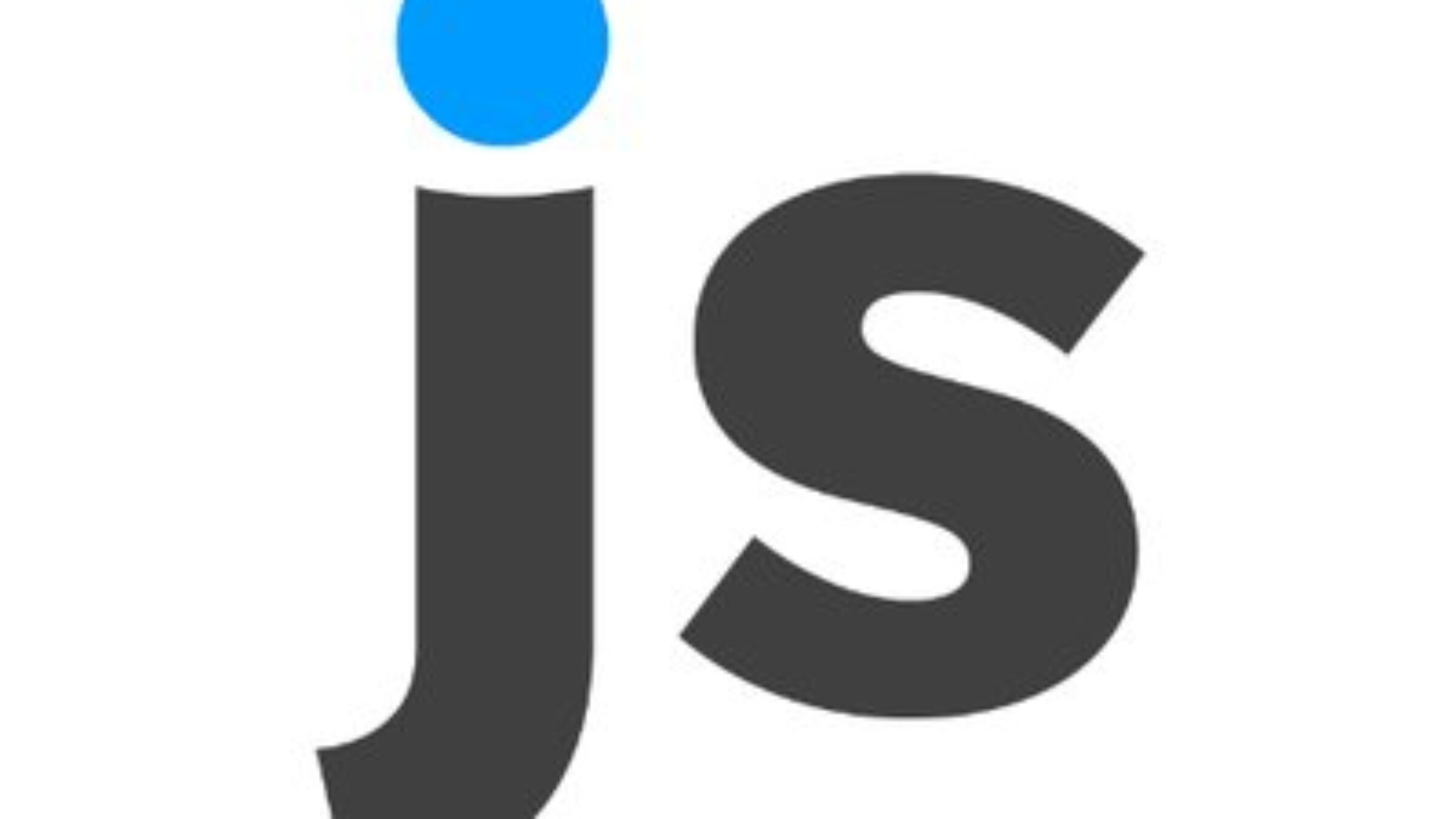
A few days before the midterm elections — and just hours after a man was arrested on suspicion of sending pipe bombs to leading Democrats — President Donald Trump called on Americans to adopt a new “tone and civility” in politics.
… And then the president once again attacked reporters as his supporters chanted “CNN sucks.”
Just another day in American politics.
But after a nasty election that featured race-baiting, lying and social media shenanigans, it’s worth noting that dozens of groups around the country are getting Republicans, Democrats and independents to sit down and listen to one another respectfully.
And there is good evidence that the best of these grassroots approaches can chip away at the political walls we’ve erected.
To learn more, The Ideas Lab spoke with three experts in the science and practice of thoughtful discussion — Katherine Wilson, Steven Olikara and Matt Motyl.
***
Who are Wilson, Olikara and Motyl?
Wilson is executive director of the Frank P. Zeidler Center for Public Discussion, a Milwaukee organization that helps people talk across differences. Perhaps best known for helping police and members of the community talk, Zeidler also has worked with a variety of other community groups and on political polarization among young people. Zeidler receives grants from the Greater Milwaukee Foundation, Bader Foundation, Northwestern Mutual and other funders. Named for longtime Milwaukee Mayor Frank P. Zeidler, it was founded in 2006. Wilson became executive director in 2013.
Motyl is an assistant professor of psychology at the University of Illinois-Chicago. He is executive director of CivilPolitics.org, which he founded with colleagues Jonathan Haidt (“The Righteous Mind”) and Ravi Iyer about a decade ago. CivilPolitics is a nonprofit that recommends evidence-based techniques for improving dialogue. Motyl also is research director of OpenMind, a free, web-based program to help people learn about and understand bias. His work is funded by UIC and the Einhorn Charitable Trust among others.
LISTEN: To Steven Olikara on “On Point” radio
Olikara is founder of the Millennial Action Project, which works to transcend the partisan divide. MAP works with about 800 young lawmakers across the country and in 27 state legislatures, including in Wisconsin, where state Reps. Adam Neylon (R-Pewaukee) and Amanda Stuck (D-Appleton) are state co-chairs of the group’s Future Caucus. MAP also produced five events in Milwaukee this year as part of its Red & Blue Dialogues; the Zeidler Center facilitated those discussions. (The Journal Sentinel, Zeidler, MAP and WUWM-FM (89.7) were partners for two of those events.) Olikara is a native of Brookfield and a graduate of the University of Wisconsin-Madison. Among MAP’s funders: the Hewlett Foundation and the Democracy Fund, a philanthropic venture by eBay founder Pierre Omidyar.
What got them interested in bridging the political chasm?
CivilPolitics was born a decade ago after Motyl and noted moral psychologist, Jonathan Haidt, both then at the University of Virginia, became concerned about how volatile the political discussion had become.
“We were kind of disgusted by how horrible things were at the time,” Motyl says. “Domestic American political conflicts were similar to what we were seeing in other parts of the world, like the Middle East and parts of Africa. That was alarming to me.”
And while there was a lot of research on improving relations between groups of people, few academics were applying what they were learning in the real world. That was the goal of CivilPolitics: It helps crunch research into manageable bites so that groups can use it to improve dialogue; it also helps them measure the effectiveness of their work. CivilPolitics works with dozens of organizations across the country.
As a UW-Madison student, Olikara saw Wisconsin’s political polarization up close as loud protests broke out in opposition to Gov. Scott Walker’s Act 10 legislation, which stripped public employee unions of much of their bargaining power. He says he realized polarization was a “fundamental threat to American self-government.”
At the same time, “I saw this rising generation of millennials, the first-ever millennials getting elected to public office, so the question became, How is this generation going to govern our country?”
Fresh out of college, Olikara was working at the World Bank on sustainable energy issues when he sat down one day with the bank’s chief economist and asked her what would prevent the bank from implementing its sustainable growth strategy. She mentioned several hurdles but ended by saying that political dysfunction was a prime problem. “ ‘I feel totally helpless about that,’ ” Olikara remembers her saying.
Olikara found her remark both frightening — and challenging.
“That’s when it occurred to me that we need to address this fundamental issue of political divisiveness because that affects all the issues we care about.”
The final spark that lit the fuse of the Millennial Action Project came on a run near the monuments in Washington, D.C.
Olikara ran by the Martin Luther King Jr. and Jefferson memorials. “I realized that at the Dr. King memorial, when you look at the quotes on that wall, each word was delivered by a man who was in his 20s and 30s — he was millennial age when he led the Montgomery bus boycott, when he delivered the “I Have a Dream” speech. And then you go to the Jefferson Memorial, and I realized this is a man who authored the Declaration of Independence when he was 33 years old.”
What are the goals of groups such as CivilPolitics and Zeidler?
CivilPolitics has two broad evidence-based recommendations: Build relations with people who think differently and emphasize cooperative versus competitive goals.
Americans agree on most political goals — we want the nation to be secure, we want our kids to thrive, we want good schools and roads. On some issues, there are deep divides, of course, and people often don’t agree on how to solve problems. But too often, the conversation gets overly simplified. Conservatives may argue for private solutions while people who lean left tend to think government will need to step in. But often, neither is entirely correct.
“As with most problems in life, there is not a single correct solution,” Motyl says. “Oftentimes, it requires a third path or some combination of the two. Just because you advocate for a government-based solution, that doesn’t mean that individuals shouldn’t also be contributing and doing their part.”
At the Zeidler Center, the aim is to “foster civil dialogue and invite trust in the midst of differences,” according to its mission statement. The belief is that facilitated dialogue can lead to a healthier exchange of ideas and build trust and cooperation. In its mission statement, Zeidler notes that supporting efforts to improve community discussion can help more groups to collaborate and get more citizens involved “to improve the existing climate of alienation and blame.”
What are the roadblocks to civility and bipartisanship?
Part of it is the way we’re wired, Motyl says. We like being around people who hold similar opinions.
“We tend to view people who agree with us as better, more moral, more likable than people who disagree with us. If I believe that false news is true, I think that anybody who believes the true news is somehow inferior and less intelligent than me, even though the news is false.”
This is a bipartisan problem.
“This is something that is roughly symmetrical across the political divide,” he says. “Liberals and conservatives alike do this.”
Zeidler deliberately tries to lower the volume and thereby the risk that people are “triggered” by political discussion. When they are triggered, they actually lose some of their brain function, and thoughtful discussion becomes difficult, Wilson says. The prefrontal cortex, which controls compassion and empathy, shuts down, and “if we lose access to that, we’re not going to have a great dialogue,” she says.
“The whole idea is to have techniques to help people stay in their thinking mind and stay away from their reptilian mind.”
How do you get around the roadblocks?
“Have people schmooze. Give them some food, let them mingle before you dive into the hard stuff,” Motyl said.
When people socialize, with politics off the table, they tend to talk about what they have in common, and by the time politics does come up, people often are surprised that the person they have broken the ice with holds the views they hold.
“They seemed so reasonable when I was just talking to them,” Motyl said, echoing what participants often will say. “We have to figure out how to reconcile that this is a reasonable person but they do this thing that I thought was unreasonable. Is there some reason that they might actually vote that way? And usually, the answer is we can find a reason.”
But it’s not easy to get people out of their comfort zones.
Motyl was a co-author of a research paper published last year that asked participants how interested they were in interacting with people who thought differently than they did or in reading about why someone would vote differently than they did.
The answer was telling: “They said it was not quite as bad as going to the dentist but a little worse than taking out the trash,” he said. “We followed up and actually tried to pay people to read about that, and they said, no, it’s not worth it.”
At the two events the Journal Sentinel co-sponsored this fall, the Zeidler Center vetted participants beforehand to ensure that a roughly equal number of self-identified right-leaning, left-leaning and independents were in the room.
Zeidler’s “listening circles” approach begins with five or six people sitting around a table (assigned by political affiliation). With the help of a Zeidler-trained facilitator, they accept certain “agreements” that the facilitator monitors. These often include, “We will not interrupt” and “We will speak from personal experience and not try to represent an entire group of people.” At least in the beginning of the discussion, personal opinions on political issues are off the table.
“We start by talking about personal experiences related to the issue and then the values that drive them to care about this issue,” Wilson said.
Zeidler facilitators help maintain a safe space for discussion; they are not participants but rather leaders of the dialogue. They keep anonymous notes of the discussion and also keep the time so that everyone gets an equal chance to be heard. Afterward, the center often publishes a report highlighting major themes and some individual contributions to the dialogue.
“There is work that shows that these kind of de-escalation techniques are very helpful, and the agreements create a cognitive dissonance: I thought I knew who you people were, but now I’m having a very different experience,” Wilson said.
“You heard that in the last event,” Wilson said, “where people got up at the end and said, ‘I was a little disappointed that there wasn’t more diversity in my group but then we went around at the end and I was just shocked that I was sitting with the enemy the whole time.’ More than one person said that, and to me, that’s a total win.”
But it takes know-how and training to reach a good outcome. Too often, Wilson says, well-intentioned organizers think they can foster dialogue by simply bringing people together who have diverse opinions. Too little thought is given to what comes after everyone sits down.
“What’s the structure to ensure that people are going to have a good dialogue and listen deeply?” Wilson asks. “Many times, I see good intentions end up being squandered.”
Do these methods work?
The evidence shows these techniques can break down the barriers between people.
According to Motyl:
“What we do know with good evidence is that when people recognize their commonality, when they recognize each other’s right to exist, when they respect one another, they are more open to talking. If you can’t talk, then you can’t compromise and you can’t do anything productive.”
He cited a meta-analysis published in 2000 by Thomas F. Pettigrew of the University of California, Santa Cruz and Linda R. Tropp of Boston College, which found that when members of different groups had interactions, they were less likely to be prejudiced against one another.
Zeidler, like CivilPolitics, conducts surveys of participants both before and after its listening circle events to measure levels of trust. “We can see quantitatively that trust is being built,” Wilson says.
Olikara says MAP’s work with millennial lawmakers has helped make them more bipartisan. He cites the Bipartisan Index, a project of The Lugar Center and the McCourt School of Public Policy at Georgetown University, which measures how well members of Congress work across party lines. By that measure, about three-quarters of the Congressional Future Caucus, a MAP initiative, are more bipartisan than they were when they began working with MAP, he says.
David D. Haynes is editor of The Ideas Lab, a Journal Sentinel initiative that examines responses to social problems in the community. Email: [email protected]. Twitter: @DavidDHaynes
Bridging the red and blue divide: Despite the rhetoric, it can still be done. Here’s how.
A few days before the midterm elections – and just hours after a man was arrested on suspicion of sending pipe bombs to leading Democrats – President Donald Trump called on Americans to adopt a new “tone and civility” in politics. … And then the president once again attacked reporters as his supporters chanted “CNN sucks.”
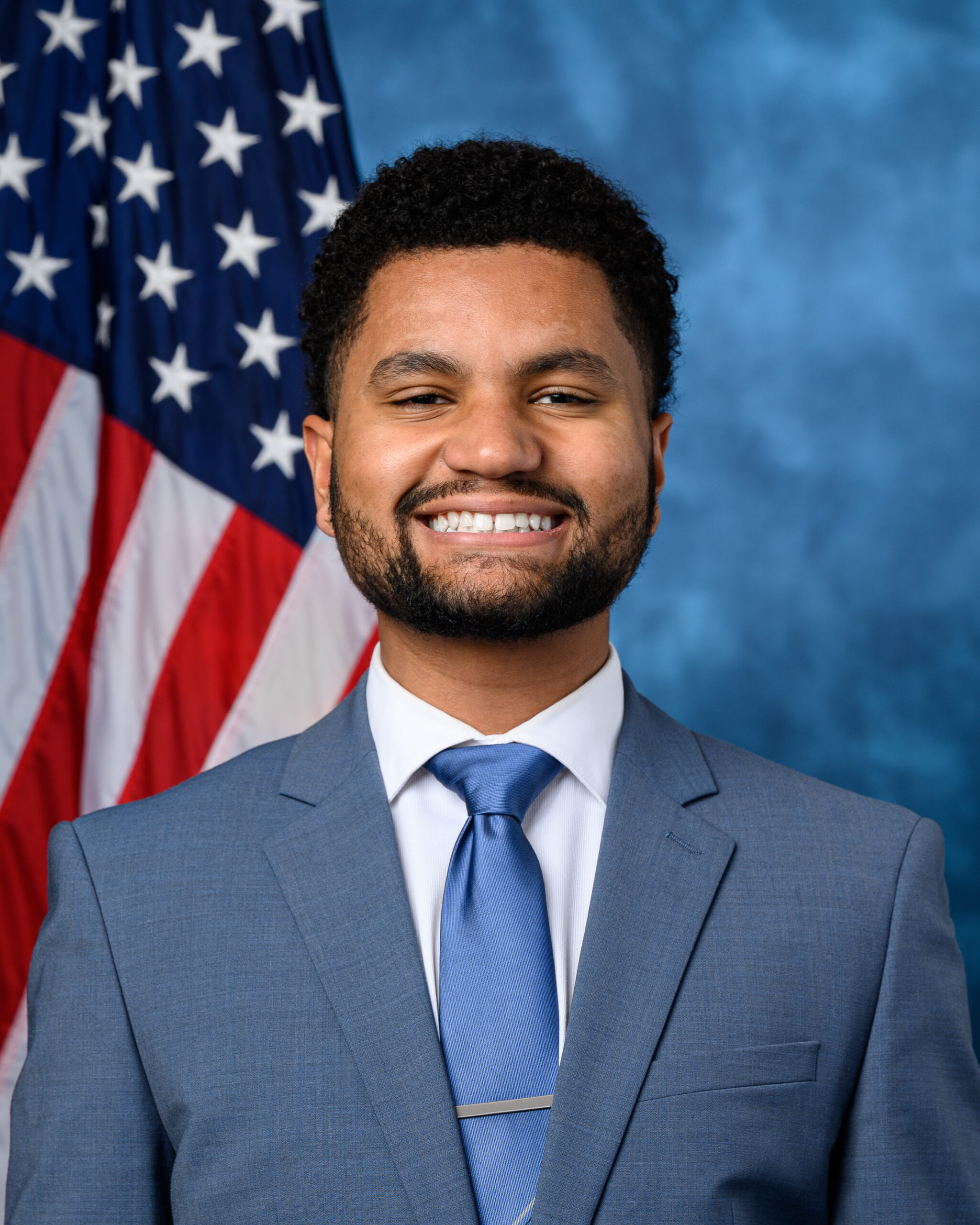
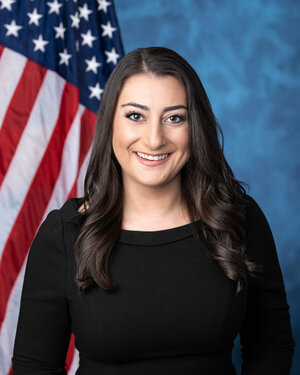

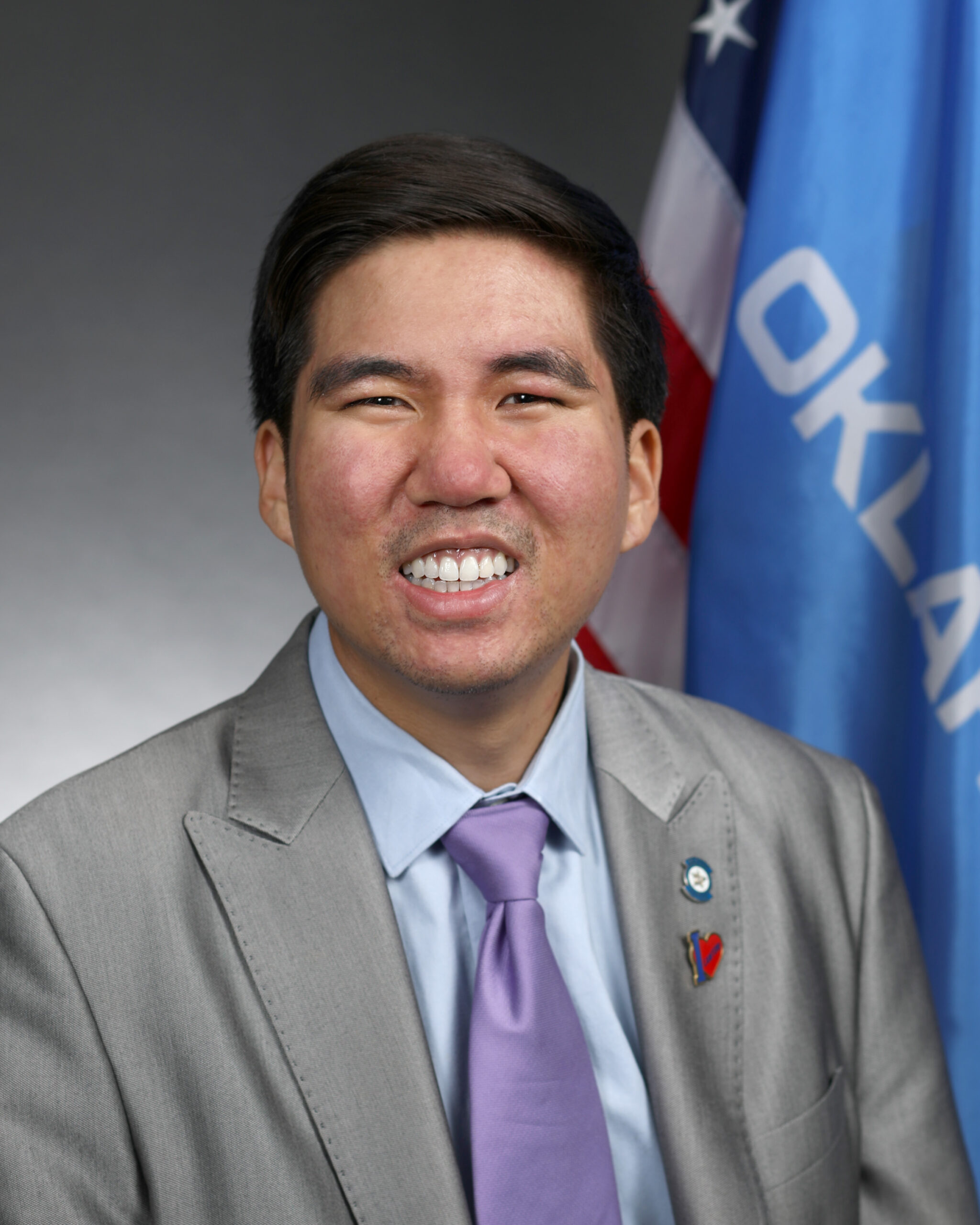
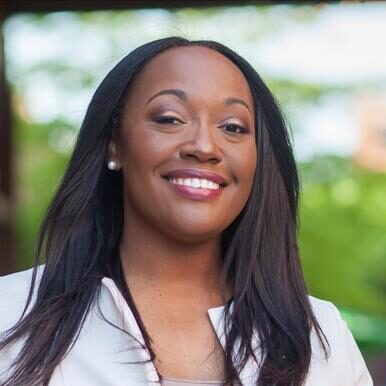
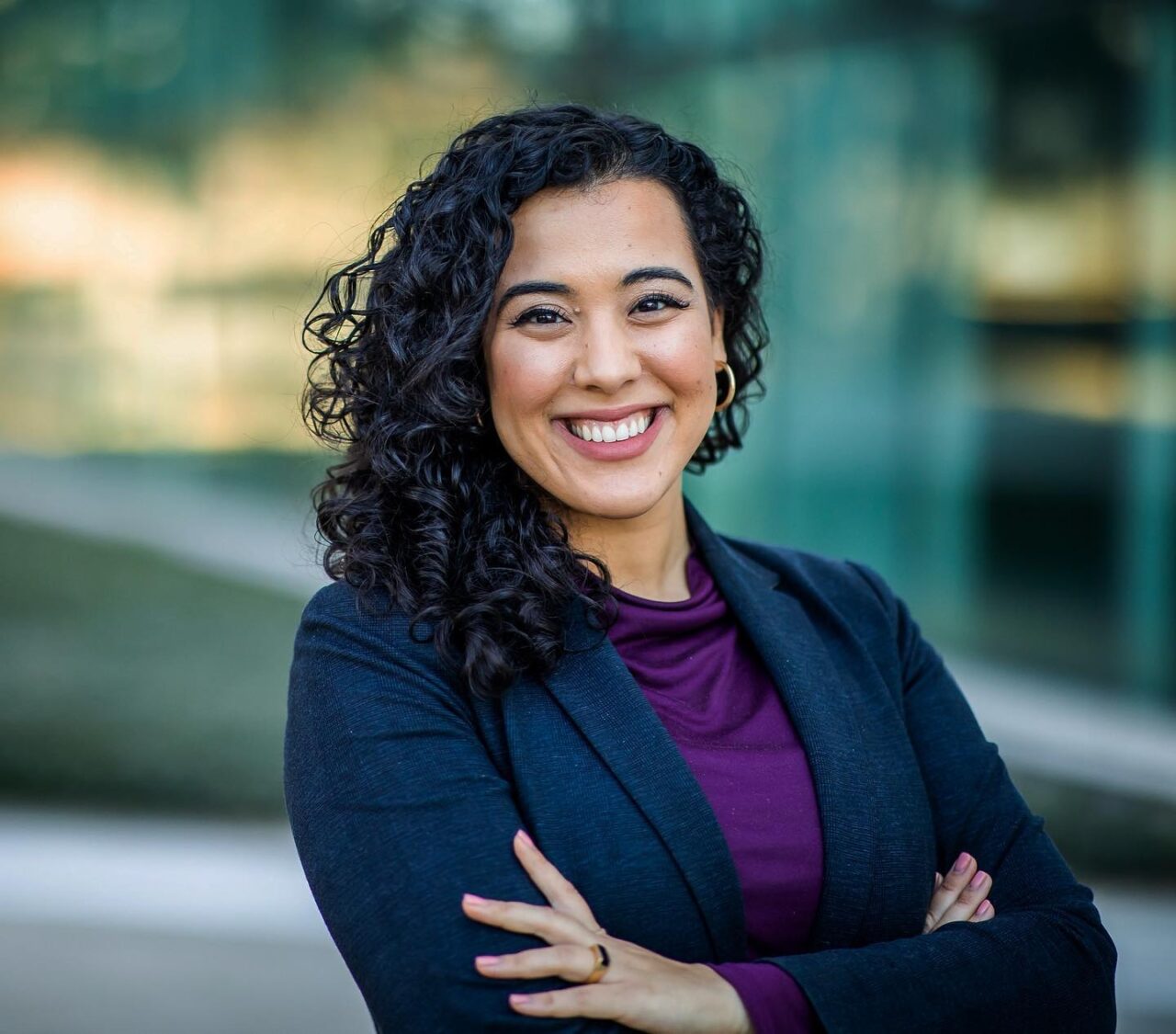
Join 1,800+ BIPARTISAN LEADERS NATIONWIDE
Be a part of a network of lawmakers committed to governing effectively, passing more representative public policy, and increasing public trust in democracy.